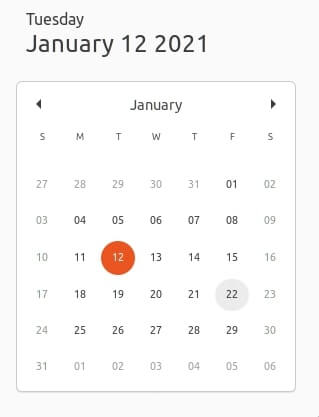
Send Review Requests Automatically To Your Customers on Shopify
Getting reviews for your products can seem tough at first but we're gonna show you a method that works: sending review requests automatically to your customers.
Table of Contents
Getting reviews for your products can seem tough at first but we're gonna show you a method that works: sending review requests automatically to your customers.
A review request is any sort of message asking a customer to write a review for a product they've purchased. With Opinew, you can do this via SMS or email. For now, we're gonna focus on sending review requests via email.
Keep in mind, that 90% of customers read through reviews before buying a product, however it's much more harder to convince them to leave a review after they have made a purchase. Our studies with Opinew users show that without a good review request email or SMS sequence, there's likely that you will see a 4% conversion rate, meaning that only 4 customers out of a 100 will actually leave a review after they've received your request. Read through our step by step guide below to learn how to configure and set up your automation to increase this conversion rate to 10% and more.

It's very easy. If you have already installed the Opinew app to your Shopify store and want to follow a step-by-step guide on how to set up your review request emails check out our video on how to do it here. In this article, we're gonna focus on the top 3 things to keep in mind when setting up your review requests emails to make them more efficient (turn in more reviews per email sent).
1. When to send them.

Timing is very important. Imagine getting an email asking you to write a review for a product you've already purchased but haven't received yet? And now imagine it should've already arrived, and think about how confused you would be about it, "was my order delivered to someone else? What's going on?". You don't want to create that kind of confusion for your customers. That's why making sure your review request emails are sent after your customer has received their order is very important.
If you're using Opinew, you can integrate Aftership to work with Opinew so that your review requests are sent automatically after your customer has received their order, you can learn more about that here.
However if for some reason you don't want to integrate Aftership, or if you're using another tool that doesn't have that capability, then simply figure out how long it generally takes for your product to reach your customers and then add a few days to give yourself a little leeway. For example, if delivery for your product takes between 14 to 18 days, set up your review requests emails so that they're sent after 21 days from the purchase, that way you ensure that by the time your customer gets the email, they will have already received their order.
2. Customizing Your Review Request Emails

With Opinew you're provided a template that you can send out to your customers asking for reviews, and if you're using another app or tool to do this, you probably have a template too. But just like you customized your Shopify store's theme so that it works for you, you need to customize your review requests.
When customizing your review requests try to think about your brand's identity, your store's personality... be playful if that's your thing, classy, sassy, flirty, whatever it is that your brand and your store can be identified with, go with that. But also try to not go overboard with it. You don't wanna make things weird for the customer. Keep it simple but give it a little twist that makes it your own. Try to visualize what you would like your review request emails to look like and then turn that vision into a reality, kind of like Mr. Miyagi and the bonsai in Karate Kid.
While customizing your review requests you'll encounter text in brackets like [product] [customer_name] [store_name] [coupon value] and things like that. Those are "merge tags". When your review request email is sent, that text will be replaced with the corresponding information. They're very useful, so get familiar with them. If you want to see our step-by-step guide check out our video here.
3. Offering coupons in exchange for reviews

I never get tired of saying this: coupons double the likelihood of customers writing a review upon receiving a review request. So do create coupons for your review requests. It doesn't have to be much. A 5% coupon in exchange for a review is enough to entice some customers. And having that coupon also means they're more likely to make a second purchase, so there's no downside to any of this.
If you want to learn how to create a coupon for your review requests check out our video on it here.
And that's it, those are the most important things to keep in mind while setting up your review request emails to be sent automatically to your customers:
· When to send them
· Customizing your review requests so that they suit your store and your brand's identity
· And don't forget to offer a coupon in exchange for a review.
If you want to know more about customer service, reviews, e-commerce, or other related topics, make sure to subscribe to our newsletter. You'll receive updates whenever a new blog post is published, special offers, and more.
Download Opinew today and see how your customers can help develop your conversion opportunities through Shopify.
Opinew Blog Newsletter
Join the newsletter to receive the latest updates in your inbox.






